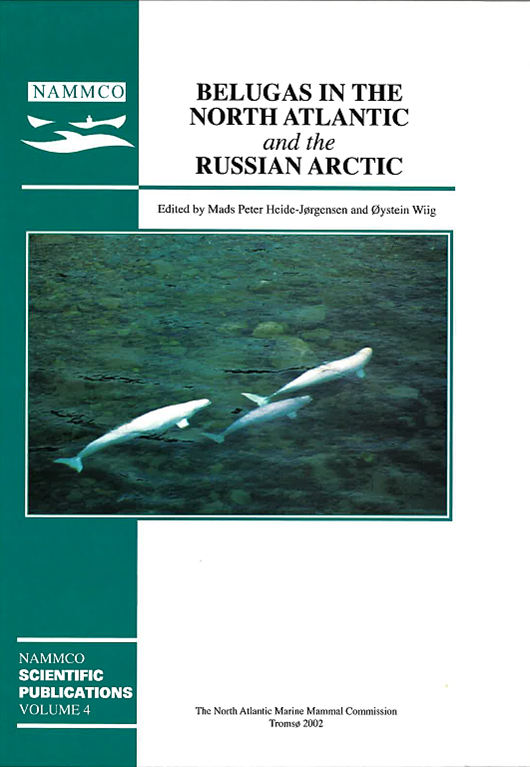Belugas (Delphinapterus leucas) of the Barents, Kara and Laptev seas
DOI:
https://doi.org/10.7557/3.2842Keywords:
belugas, Delphinapterus leucas, Barents Sea, Kara Sea, Laptev Sea, distribution, migration, reproductionAbstract
This paper reviews published information on the white whale or beluga (Delphinapterus leucas) inhabiting the Barents, Kara and Laptev seas. Some data obtained during multi-year aerial reconnaissance of sea ice in the Russian Arctic are also included. Ice conditions, considered one of the major factors affecting distribution of belugas, are described. The number of belugas inhabiting the Russian Arctic is unknown. Based on analysis of published and unpublished information we believe that the primary summer habitats of belugas in the Western Russian Arctic lie in the area of Frants-Josef Land, in the Kara Sea and in the western Laptev Sea. Apparently most belugas winter in the Barents Sea. Although it has been suggested that a considerable number of animals winter in the Kara Sea, there is no direct evidence for this. Apparent migrations of animals are regularly observed at several sites: the straits of the Novaya Zemlya Archipelago, the waters north of the archipelago, and Vilkitskiy Strait between the Kara and Laptev seas. Calving and mating take place in summer, and the beluga mother feeds a calf for at least a year. Females mature earlier than males, and about 30% of mature females in a population are barren. Sex ratio is apparently close to 1:1. The diet of the beluga in the region includes fish and crustaceans and shows considerable spatial and temporal variations. However, polar cod (Boreogadus saida) is the main prey most of the year, and whitefish (Coregonidae) contribute in coastal waters in summer. Usually belugas form groups of up to 10 related individuals of different ages, while large aggregations are common during seasonal migrations or in areas with abundant and easily available food. Beluga whaling in Russia has a history of several centuries. The highest catches were taken in the 1950s and 1960s, when about 1,500 animals were caught annually in the Western Russian Arctic. In the 1990s, few belugas were harvested in the Russian Arctic. In 1999 commercial whaling of belugas in Russia was banned. Belugas can be caught only for research, cultural and educational purposes and for the subsistence needs of local people. With the absence of significant whaling, anthropogenic pollution seems to be the major threat for the species.





